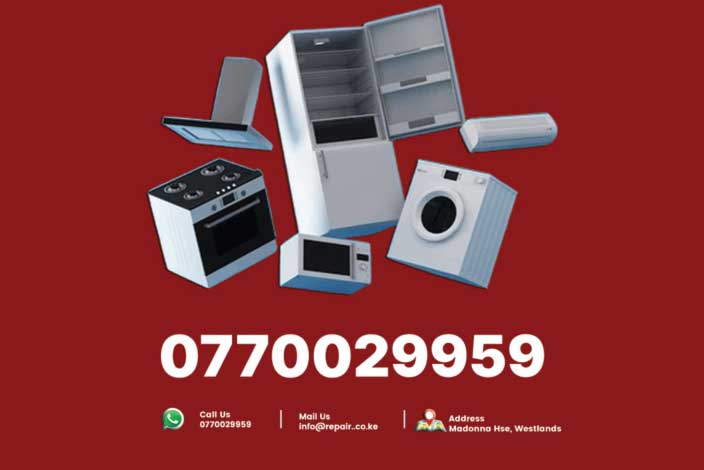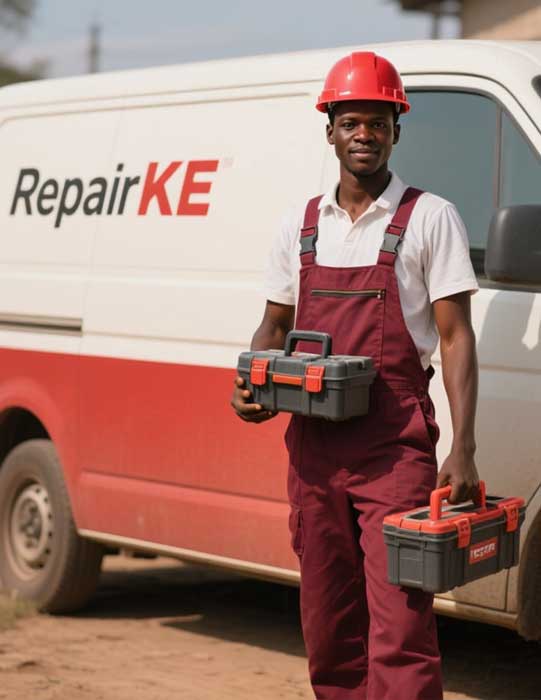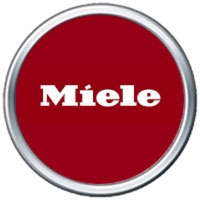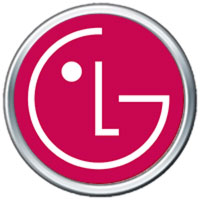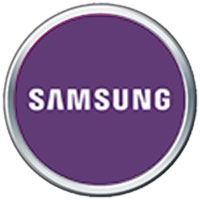Worn Contact Tips
Authored by Repair.co.ke
Worn contact tips in MIG welding machines can cause inconsistent wire feed, arc instability, and poor weld quality. The contact tip transfers current to the welding wire, and wear can disrupt this process, leading to operational inefficiencies.
Wear occurs naturally over time due to friction from the wire passing through the tip. Using a tip that is too small or large for the wire diameter can accelerate wear, as can excessive current or improper settings. Contaminated or low-quality wire can also erode the tip, causing irregularities. Physical damage, such as burn-back from improper technique, can further degrade the tip.
Diagnosing worn contact tips involves inspecting the tip for signs of wear, such as an enlarged or irregular bore, burn marks, or debris buildup. Check the wire feed for consistency, as worn tips often cause stuttering or erratic feeding. Verify that the tip size matches the wire diameter and that settings are appropriate for the welding process. If issues persist, test the machine’s output to rule out other electrical faults, which may require professional repair.
Preventive measures include regularly inspecting and replacing contact tips based on usage and manufacturer recommendations. Use the correct tip size for the wire and ensure proper settings to avoid burn-back. Clean the wire feed system to prevent contamination from affecting the tip. High-quality tips and wires can also extend service life.
Worn contact tips can lead to increased spatter, poor arc stability, and rework, impacting productivity. By prioritizing tip maintenance and proper usage, welders can ensure smooth wire feed and high-quality welds.
Authored by Repair.co.ke

